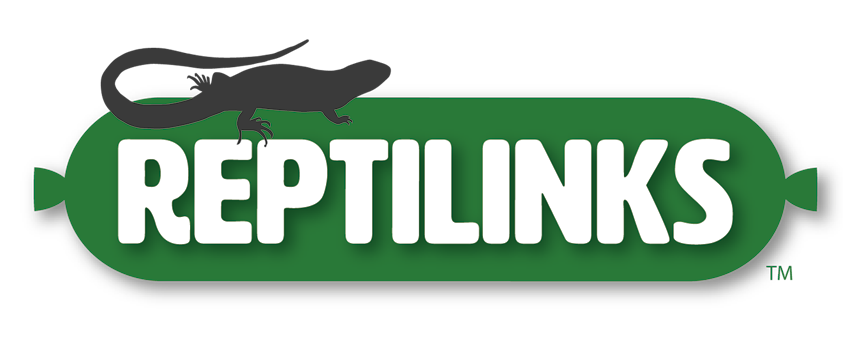By Tyler Helble
Tegus are not recommended for the novice keeper, as they require considerable knowledge of reptile husbandry. Proper enclosures, substrate, and temperatures, humidity, and diet are required for Tegus to flourish. Some Tegus can grow up to 5 feet long, which is why enclosures 6 feet x 4 feet or larger are required. "Tegus From Around the World" keeps updated care information, and we highly recommend following the guidelines outlined by this group (http://tegusfromaroundtheworld.weebly.com).
One of the most difficult aspects of caring for a Tegu is providing a varied diet, which includes whole-prey, insects, and a variety of fruits and vegetables. Reptilinks definitely eases the burden by providing a complete, balanced meal in each "link". Unlike store-bought meat, Reptilinks contain the whole animal (bone, organ, connective tissue, etc), and a variety of the best fruits and vegetables that are safe for Tegus. The links are made fresh and flash frozen, with no preservatives or fillers. Because the whole-prey is put through a triple-grind process, the ground prey is much easier to digest than other options (like whole rats and mice). We have consistently found that there is little to no risk of impaction or prolapse with a Reptilink diet when proper temperatures are maintained. Whole animal (unground) can sometimes lead to impaction or prolapse, particularly due to excess hair.
The Mega-Blend with fruits and Veggies is a great option for Tegus, the oils and healthy fats from the Guinea fowl and Quail help substantially with shedding, and the calcium from the rabbit bones provides the perfect calcium to phosphorous ratio. All meat sources or low in fat and lean.

